Contract Management Reporting: A Complete Guide to Smarter Contract Oversight
Contracts underpin nearly all business activity, from supplier relationships to strategic partnerships. But for most organizations, contracts are fixed documents relegated to archives until renewal dates or during litigation. This reactive process generally leads to missed opportunities, unmanaged risks, and unnecessary costs. The solution is contract management reporting-the strategic process that uses contracts as dynamic tools for control, performance measurement, and value creation.
In today's data-driven business world, more than just contractual streamlined creation and filing are necessary. Organizations require visibility into every phase of the contract life cycle to ensure obligations are met, risks are managed, and opportunities are captured. With precision reporting, contracts leave simple agreements behind and become insights driving decisions at every level of the organization.
Contract Management Reporting Explained
Contract management reporting is not a mere compliance exercise -its a strategic function that helps unprocessed contract data become insightful stories. By collecting, processing, and reporting information on contract performance, organizations can perceive the big picture of their contract's lifecycle.
Instead of having to excavate pages of contracts, stakeholders-all the way up to executives-can gain a quick snapshot of where there are commitments, where contracts are underperforming, and where there is opportunity. With a fluid regulatory environment that shifts quickly and competition fierce; such visibility is invaluable.
A good reporting system ideally combines significant data like the status of contracts, financial value, compliance markers, risk valuations, milestones, and performance metrics. With this data, the leaders can foresee risks, improve negotiations, and make informed decisions.
What makes the process so effective is the ability to shatter departmental silos. Legal departments use reports to confirm compliance, procurement teams identify areas where costs can be trimmed, and executives gain a strategic perspective on vendor and partner performance. Instead of resting as a static document, contracts become a dynamic flow of intelligence that drives business growth.
Beyond Compliance: The Reason Why Contract Management Reporting Matters
Contracts are not just legal safeguards; they are promises that can have direct effects on profitability, customer satisfaction, and business efficiency. Without established reporting, companies can lose sight of key obligations,.webp?width=280&height=280&name=Untitled%20design%20(17).webp) thereby creating unnecessary legal, financial, and operational exposures. Here's why reporting matters:
thereby creating unnecessary legal, financial, and operational exposures. Here's why reporting matters:
First, it allows for proactive risk management and compliance. Regulatory landscapes are in a state of flux, and without constant, accurate visibility into your contracts, it's easy to miss obligations or miss opportunistic unfavorable clauses. Reporting gives early warning, identifying risks ahead of time.
Second, reporting spurs financial transparency. Details on revenues, expenses, and contract value tracks underperforming as well as super-profitable deals. Firms can use this to re-negotiate bad deals or replicate successful deal types in other contracts.
Third, it improves decision-making at an operational level. Managers and executives can't afford to sift through dozens of contracts. They are able to make sound decisions in a flash - approving a renewal, starting a renegotiation, or terminating a non-performing contract - thanks to a clear dashboard view.
Finally, reporting provides companies with the ability to plan. By examining previous data, companies can see patterns and trends, such as suppliers that consistently let them down or contract types that result in bottlenecks. Having this information in advance is critical to drive improvement in procurement processes, supplier relationships, and governance.
Ultimately, good reporting provides the visibility needed to prevent costly surprises, improve cooperation, and make the right strategic choices.
Contract Reporting: Key Metrics and Best Practices
The success of contract reporting is dependent upon measurement at the correct level and with the right tools. Figures don't complete the story; the goal is to track significant data that represents performance, risks, and opportunities..webp?width=300&height=300&name=Untitled%20design%20(18).webp)
Key Metrics to Monitor
Companies monitor such metrics as contract cycle time, a measure of bottlenecks from proposal to activation, and compliance rates, which are measures of internal policy and regulatory conformity. Risk exposure metrics measure ostensible risks, while contract renewal rates are gauges of continuous customer and vendor relationship health. In service contracts, measuring customer satisfaction and issue resolution time reflects the quality of performance.
Each of these measures adds to a bigger picture. When integrated into an integrated reporting system, they help indicate whether contracts are adding value or spending money.
Best Practices for Effective Reporting
To derive the fullest possible from contract reporting, companies need to have a systematic process. Saving contracts in one centralized database ensures all teams work with the same data. Digitization and AI-driven metadata extraction make it all the more efficient, reducing errors caused by manual intervention and compressing the timeline of reports.
Custom dashboards are yet another one. Different teams care about different aspects of a contract; an internal procurement manager cares about cost-effectiveness, while a legal team cares about compliance. By having dashboards tailored to the interest of every team, organizations provide each team with an uncluttered line of sight into what's most important to them.
Automated reminders and alerts are equally vital. Instead of scrambling around at the eleventh hour to renegotiate terms or meet obligations, businesses can stay in front of schedules with automated reminders. These features reduce risk, save time, and promote proactive decision making.
Finally, data visualization pierces complexity. By making raw data visually-oriented-gauges, heat maps, and trend lines-companies can communicate briefly and clearly across business units. This visual aesthetic is especially suitable for executives, who need broad-level snapshots of contract performance without being bogged down in detail.
A vision for Smarter Contract Reporting
The role of contract management reporting is transforming rapidly with the advancements in Contract Lifecycle Management (CLM) software and artificial intelligence. Gone are the days when contracts were manually analyzed,.webp?width=280&height=280&name=Untitled%20design%20(20).webp) data was input into spreadsheets, and static reports were produced. The platforms nowadays are natively integrate with solutions such as CRMs, ERPs, and workflow management systems, giving a single source of truth for all contract data.
data was input into spreadsheets, and static reports were produced. The platforms nowadays are natively integrate with solutions such as CRMs, ERPs, and workflow management systems, giving a single source of truth for all contract data.
AI capability takes this a step further by automatically extracting metadata, drawing attention to critical contract terms, and even flagging suspicious clauses. Documents that took days to prepare can now be written in seconds with more accuracy than manual review.
The future is not efficient, it's strategy. With advanced analytics, organizations can measure the performance of vendors, simulate the financial impact of different negotiation approaches, and predict risk before it occurs. This shift moves contracts off the back office and onto the boardroom level strategic asset.
Adopting this technology not only makes operations smoother, it also helps teams to react proactively rather than respond reactively. Instead of simply telling the management what failed after it has occurred, organizations can anticipate problems and leverage opportunities in advance.
The Competitive Advantage: Making Reporting a Growth Driver
To most companies, contract reporting is a back-office chore, a means to keep legal staff and auditors happy. But companies that really leverage reporting achieve a competitive advantage that resonates throughout all departments. When contracts are understood as a map instead of a record, they uncover ways to save money, increase revenue, and build stronger relationships..webp?width=300&height=300&name=Untitled%20design%20(19).webp)
Consider vendor management, for example. A company with sound reporting on the performance of its suppliers can identify always-on-time partners who deliver quality and good terms. Instead of treating all suppliers in the same way, companies can reward high achievers with multi-year contracts and negotiate harder with low performers. Over time, the practice reduces friction in operations and creates a loop of known partners.
The same applies to customer relationships. Report tools can uncover crucial metrics like renewal rates, upsell opportunities, and contract usage behavior. Successful teams can then proactively connect with clients, prevent dissatisfaction, and offer value-added services. This makes contracts a retention strategy, generating revenue while lessening churn.
Risk anticipation is yet another driver of growth. In industries where regulation is in the process of changing in real-time finance, healthcare, manufacturing-contracts have built-in liabilities that can swell into costly penalties. Comprehensive reporting allows firms to map out risks across their portfolio, predict regulations, and act ahead of time to prevent issues. Instead of reacting to catastrophes, organizations can become agile and resilient.
Technology is driving this shift. AI-powered CLM software not only streamlines reporting but also enhances analysis. Predictive analytics software can model scenarios, showing the impact of pricing structure or vendor terms adjustments on profitability. Visualization software makes such insights accessible to all stakeholders, from CFO to line managers. Data has become a common denominator, bridging silos between finance, procurement, and legal departments.
When reporting is a growth drive, the firms also gain the advantage in negotiation. A team with the correct information about pricing trends, performance dynamics, and industry norms enters negotiation in a strong position. This strategic insight turns negotiations from guesswork into strategy, and it often saves millions of dollars.
Ultimately, companies that thrive in this present market are not just those who possess great products or services, but also those who know how to maximize every contract. Efficient reporting is not as much a matter of contract watching; it's making them work at their best. Companies that undertake such an approach build toughness, maximize profitability, and create a culture of vendor, partner, and customer trust.
The shift is clear: reporting is no longer a static report card; it's an active driver of expansion. By employing contract data as a vehicle for strategic insight, businesses position themselves not just to compete, but to lead.
Final Thoughts
Contract management reporting is no longer a "nice-to-have" feature; it's a strategic requirement. In an era where regulatory landscapes shift by the minute, supply chains are more complicated than ever, and competition is fierce, businesses cannot afford to remain unaware of the risk and opportunity hidden in their contracts.
By investing in structure reporting systems, embracing automation, and targeting actionable KPIs, organizations can achieve new levels of visibility and performance. Contracts are no longer dry documents buried in digital folders, but become dynamic assets that inform smarter decisions, optimize vendor relationships, and drive maximum profitability.
Forward-thinking companies are already leveraging data visualization, AI embedding, and real-time dashboards to transform how they handle contracts. Those who continue to employ out-of-date, labor-intensive approaches risk falling behind.
Now is the time to evaluate your organization’s approach to contract reporting. Whether you’re just starting out or looking to optimize your current systems, the payoff is clear: stronger oversight, reduced risk, and the ability to make agile, well-informed decisions.
Book a Live demo
Schedule a live demo of Dock 365's Contract Management Software instantly.
.jpg?width=1260&height=1205&name=Image%20(2).jpg)
Written by Fathima Henna M P
As a creative content writer, Fathima Henna crafts content that speaks, connects, and converts. She is a storyteller for brands, turning ideas into words that spark connection and inspire action. With a strong educational foundation in English Language and Literature and years of experience riding the wave of evolving marketing trends, she is interested in creating content for SaaS and IT platforms.


